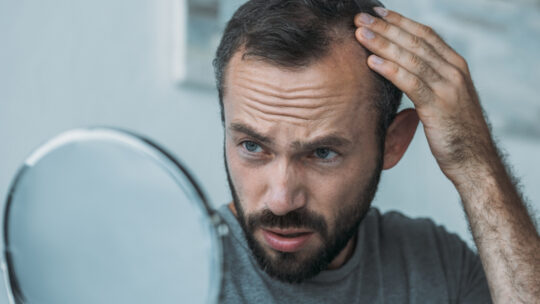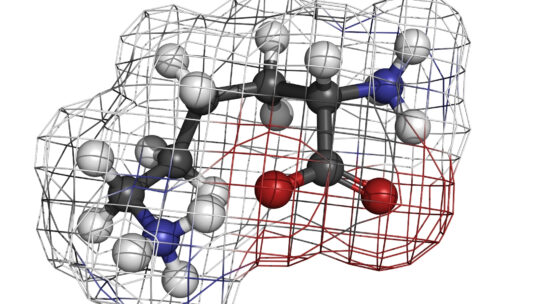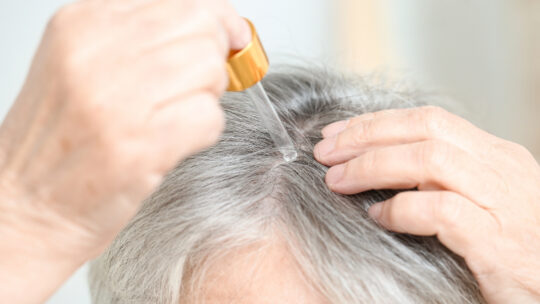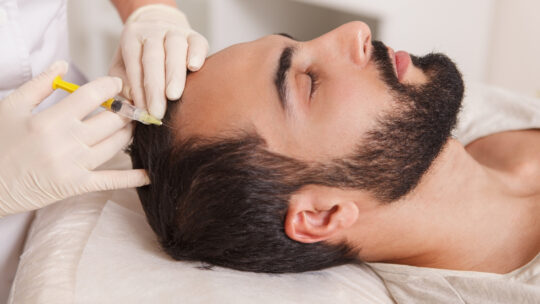
As we grow old, certain unwanted aspects come along with the aging process. One of the most common unwanted changes for a large number of men entering their post early adulthood is the dreaded receding of the hairline. Although this problem is commonly associated with men, it is a problem for many women too. If you are serious about treating this undesirable affliction, we have compiled some handy information and research to help those who would like to know more about the treatment options and management of this oh-so-common problem. If this affliction affects you, then read on…

Dermatologists Approve Hair Loss Platelet Rich Plasma (PRP) Treatment
The American Academy of Dermatology Association (AAD) states hair loss affects millions of men and women. A non-surgical treatment, namely Platelet Rich Plasma (PRP) can be used on its own to treat hair loss or in conjunction with other treatments.
One of the main benefits of PRP is the non-surgical aspect that it can be done using the prepared blood plasma serum with little time off for the procedure.
The AAD recommends seeing a dermatologist to determine the cause of the hair loss. Simple changes such as using a gentle shampoo so as not to strip moisture from your hair and using a conditioner to help prevent hair breakage can help. Using a microfiber hair towel that absorbs water can also be useful to cut down on hair dryer usage. Heating the hair makes it more fragile. Keeping the same tightly braided or pulled back hairstyle can also cause hair loss called traction alopecia.
Circulation is key
Improved blood flow to the scalp helps stimulate hair follicles and new hair growth. The Drug Minoxidil found in hair thinning products is a vasodilator that increases blood flow. Other medications such as Finasteride are used to block male hormones that block hair growth in male pattern baldness. Spironolactone is another male hormone-blocking medication that can be used to treat both male and female pattern baldness. Corticosteroids treat alopecia areata, an autoimmune condition that causes hair loss. JAK Inhibitor, an Immunomodulator, may be used with other courses of treatment for alopecia areata. An Anthralin cream is used externally as an anti-inflammatory hair loss treatment. Laser comb treatments can also be used to encourage hair growth.

You are what you eat
Nutritional factors can also be a cause of hair loss. The National Institute of Health abstract charts the history of diet and hair health. Being malnourished in protein, starvation, and eating disorders can cause hair loss. Not having a good level of Serum ferritin a protein in the bloodstream that binds the iron into the blood and helps immunity and reduces inflammation can also cause hair loss. The essential amino acid l-lysine is also important to prevent hair loss. Studies on women showed this combination of Serum ferritin maintenance and l-lysine helped female baldness. Eliminating causes of hair scaling was also shown to be an important factor in preventing loss of hair.

Neem oil is a traditional Ayurvedic treatment for hair loss. The oil is high in Vitamin E antioxidant and is used to treat hair scaling such as dandruff and reduces inflammation. It is also high in fatty acids that calm scalp conditions and nourish hair follicles and contains Oleic, an Omega 9 fatty acid, and anti-inflammatory found in olive oil, and Linoleic, an Omega 6 fatty acid which is found in Sunflower and Flaxseed.
Deficiencies in Linoleic causes skin scaling, hair loss and prolongs wound healing. Neem is used by hair experts as an intensive hair condition for the hair and scalp.
Another study also showed the importance of iron levels in patterned hair loss. The Serum ferritin concentration (FC) was lower in women with Female Pattern Hair Loss (FPHL) than in normal level healthy women. None of the normal healthy males in the study had this deficiency but above twenty percent of the Male Pattern Hair Loss (MPHL) patients did. The results of the study recommended that the levels of iron should be screened in FPHL and MPHL patients to make sure they were above 70 µg/L.

Benefits of almond oil for hair loss
Recent studies show that almond oil helps with hair growth. Check this video to find out how to prevent hair loss with gifts from nature.
Further Studies
In January 2020 a study was published in the World Journal of Men’s Health showed Probiotics in Kimchi (a fermented vegetable dish from Korea) and Cheonggukjang (Korean thick paste of fermented soybeans) Probiotics caused improvements in hair count and volume in the anagen phase of hair development. In hair growth treatments the anagen phase is extended to produce thicker and longer. Hair in this phase is growing and has deeper roots with dermal papillae that nourish the hair. Genetics determines the duration of this stage. People from Asia have hair that stays in this stage the longest.

PRP
Platelet Rich Plasma (PRP) injections are currently used also to heal sport’s injuries. The PRP is injected into the targeted area and the growth property compounds in the plasma help the damaged cells regenerate. PRP is also used in this way to treat androgenic alopecia in Men (MPHL) and (FPHL) in women. Jeffrey Rapaport, MD, FAAD, is an ADA board-certified dermatologist that states PRP is a viable way to improve everyday life in the millions of people with hair loss. The PRP treatment process usually only takes less than a quarter of an hour per treatment without local anesthetic so a prolonged recovery time is not needed.
The PRP procedure is repeated once a month and by the fourth month significant hair loss is lessened and then further treatments result in more hair volume and new hair growth.
The September 2019 Abstract study published in the Skin Therapy Letter stated that PRP is a viable dermatology treatment with many applications especially in modes of treatment for hair restoration. The study concluded that further studies would help to establish procedures in using PRP treatment that would continue to improve aesthetic dermatology results. In the Journal of Cutaneous Medicine and Surgery published in April 2019 the androgenetic alopecia (AGA) patients who were given a series of 3 monthly PRP injections and there was a significant improvement over the placebo group in the criteria of the measurement of total hair density. Similar findings were published in the Journal of Cosmetic Dermatology in August 2019. This study results indicated that PRP was a viable treatment for androgenetic alopecia and resulted in more hair density and an increase in the hair ratio.
Finding the exact cause for hair loss is an important step in treating the condition. PRP has a clinical history of use for damaged cells in injuries and the treatment of dermatology conditions. PRP treatment may be deemed a suitable treatment on its own or with other methods of treatment to give the best results.























